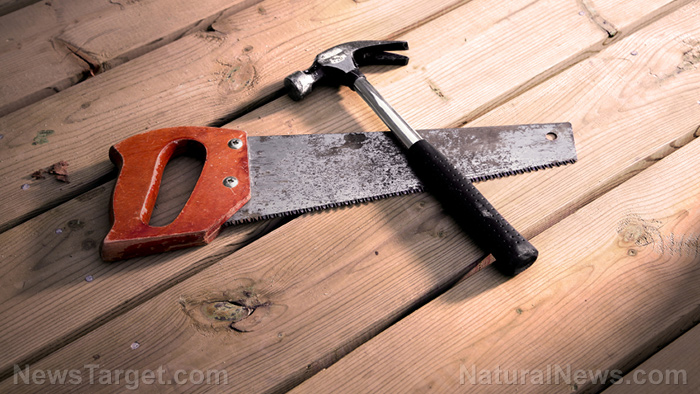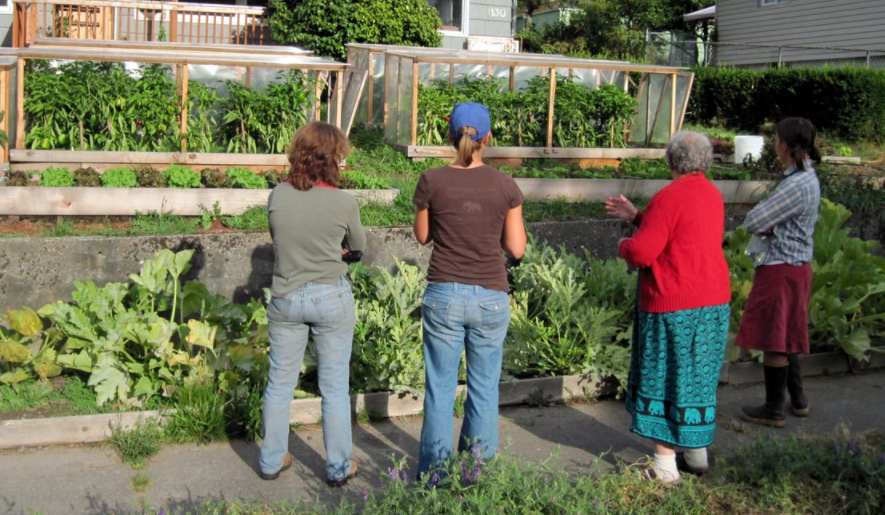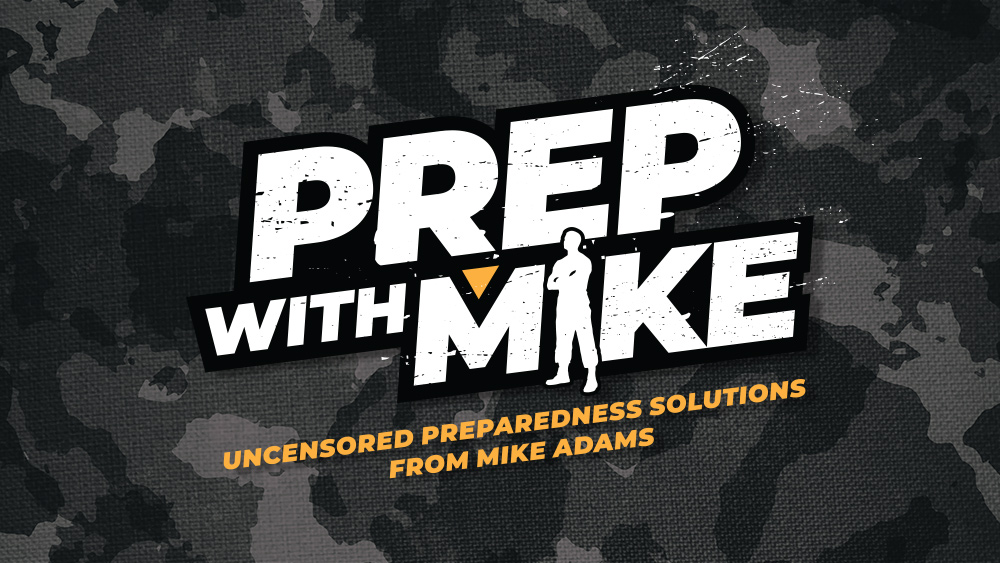How to dig a well to secure your water supply before SHTF
10/25/2022 / By Zoey Sky

Preppers who live in the U.S. are very lucky because they have access to clean running water. But you will need more water when SHTF because it will eventually run out, even with careful rationing. (h/t to PreppersWill.com)
Technology has made it easier to forget crucial prepping skills
Even if you live in an area where many people have wells on their property, not everyone may know how to hand-dig a well.
There are many drilling tools available for your use, but when SHTF you might not have access to those tools, especially if you don’t have the fuel or electricity necessary to power them.
With picks, shovels and some elbow grease, you can dig a well on your homestead. Before SHTF, you can use this information to dig a well, so you have access to clean water. (Related: Water supply and prepping: A beginner’s guide to rainwater collection.)
Where to dig a well on your homestead
If you want to dig a well on your homestead, you can’t just dig a hole in the ground and hope that you locate water.
You need proper information to ensure that water will be found where you intend to dig. Study the land’s topography to get this crucial information.
Water flows downhill, including subsurface water. If you’re not sure where to dig, look for plants that require a steady supply of water.
If there is no visible surface water, the trees on your property may rely on groundwater to survive.
Similarly, a vanished brook or stream may have gone underground. Both of these regions are worth considering as potential well locations.
Tips for digging a well
Before you start digging, inspect the soil. What is the soil made of?
Is it mostly clay, gravel, sand, or rock and boulders?
Hand-excavated wells are often limited to soils that you can easily dig by hand. If there are a lot of large boulders, look for another location.
While a place full of rocks may be out of the question, you should also look for another location if the area contains soil that is very sandy since these types of soils can make your well collapse.
Now, how do you dig for water once you’ve decided to do so?
First, secure water for your household using only shovels, picks and other manual tools.
Don’t wait until it’s too late to dig a well. Plan for your well while you still have water in your stockpile so you don’t have the added stress of finding water because your supplies have already run out.
If the dirt is too dry, the hole for your well may collapse. The same thing might happen if it’s too wet. Worse, it may quickly fill with water while you are still digging into it.
Cave-ins are another thing to consider while digging a well. To avoid this, the sides of the hole should be strengthened using the right materials.
You can do this by gathering as many boards as you can before you begin excavating. It’s better to use longer boards.
You can also install special concrete sleeves in the hole. More sleeves added will help prevent cave-ins as you go deeper. If you don’t have access to concrete sleeves, you can make do with boards.
Alternatively, you can secure the hole with a metal or plastic culvert. If you can get culverts, these are a better option compared to boards. Culverts can also be left in the hole to serve as the well’s liner.
When choosing the location for your well, avoid septic systems or areas where there have been outhouses or latrines in recent times. The odds of contamination are higher close to septic fields or any area previously used for human waste.
Digging too close can mean that you get water that is high in fecal coliform and can make you very sick.
To start digging a well, measure a circle at least five feet in diameter. Begin digging with your shovel and pick and make sure you dig evenly around the full circle.
After digging a few feet, begin lining the hole with boards. Insert them vertically or place the first length of the culvert.
Make sure the boards are close fitting and use cross members to keep the boards tight against the hole’s sides. As you dig deeper, keep hammering the boards down. This may be time-consuming, but these additional steps will help protect you from cave-ins.
Hand-dug wells are often shallow, ranging in depth from five to 65 feet. To dig a well that deep will require a lot of effort and energy that you might not be able to afford in a survival scenario. Calculate the risks and the rewards before starting a labor-intensive activity like digging a well.
If you want to get the well done faster, you can ask your neighbors to help you dig the well and share it with them.
Before you start digging, make sure you also have a reliable path out of the well’s hole. If and when you hit water, the hole might quickly fill up so a ladder will help you get out alive.
You already have the material to line the well hole if you’re using a metal or plastic culvert. If not, you can line the sides of the well with masonry or stones. This will help stabilize the well and avoid further cave-ins.
Backfill the gap between the liner and the walls with crushed stone, gravel or tiny rocks once the well is established. This will help keep silt out of the well water.
Cap the well to prevent objects from falling into it and contaminating the water.
When SHTF, a working well may be your only source of drinking water. Choose the right spot on your homestead to dig a well, so you have access to clean water when disaster strikes.
Visit Preparedness.news for more tips on how to prepare before SHTF.
Watch the video below to learn about 10 ways to clean drinking water after a disaster.
This video is from the Truth or Consequences channel on Brighteon.com.
More related stories:
Homesteading 101: How to purify dirty well water.
Prepping 101: How to store water for emergency preparedness.
Prepping 101: Emergency water storage for beginners.
Sources include:
Submit a correction >>
Tagged Under:
clean water, DIY, emergency water supply, green living, homesteading, how-to, off grid, preparedness, prepper, prepping, survival, survivalist, tips, water supply, well
This article may contain statements that reflect the opinion of the author
RECENT NEWS & ARTICLES
Homesteading.News is a fact-based public education website published by Homesteading News Features, LLC.
All content copyright © 2018 by Homesteading News Features, LLC.
Contact Us with Tips or Corrections
All trademarks, registered trademarks and servicemarks mentioned on this site are the property of their respective owners.




















